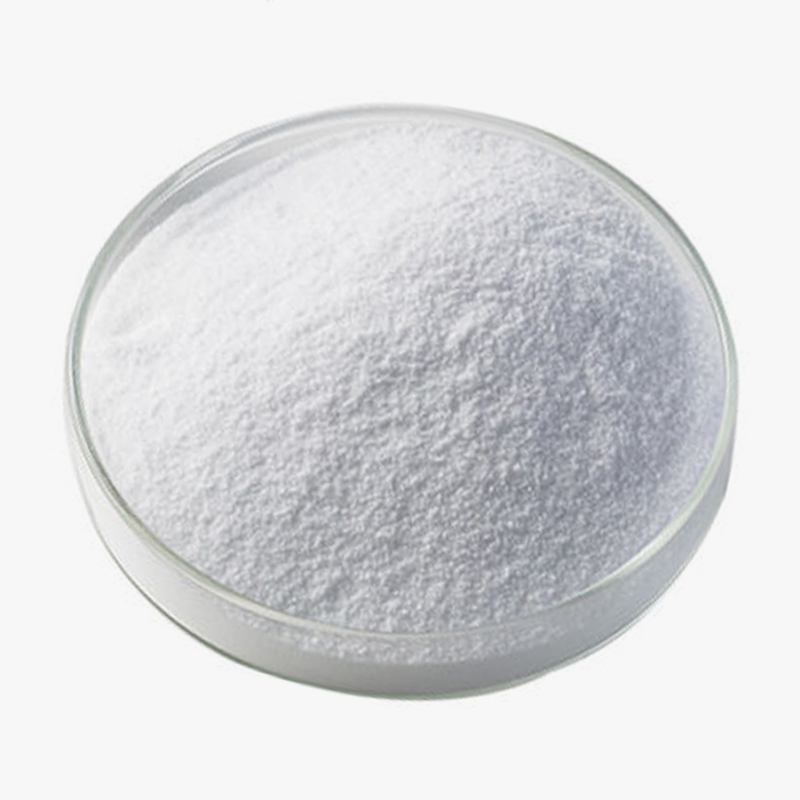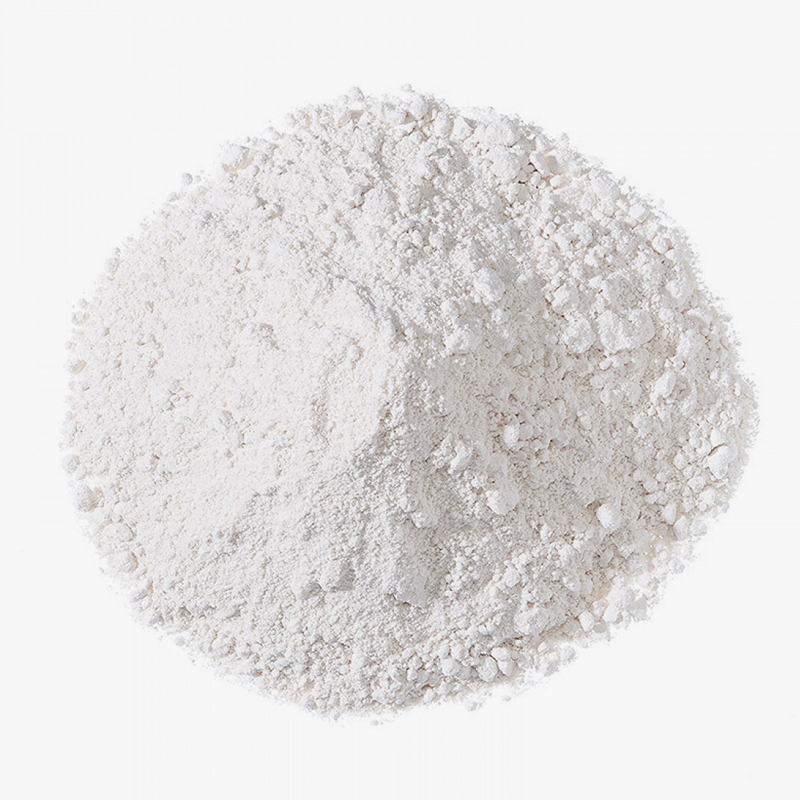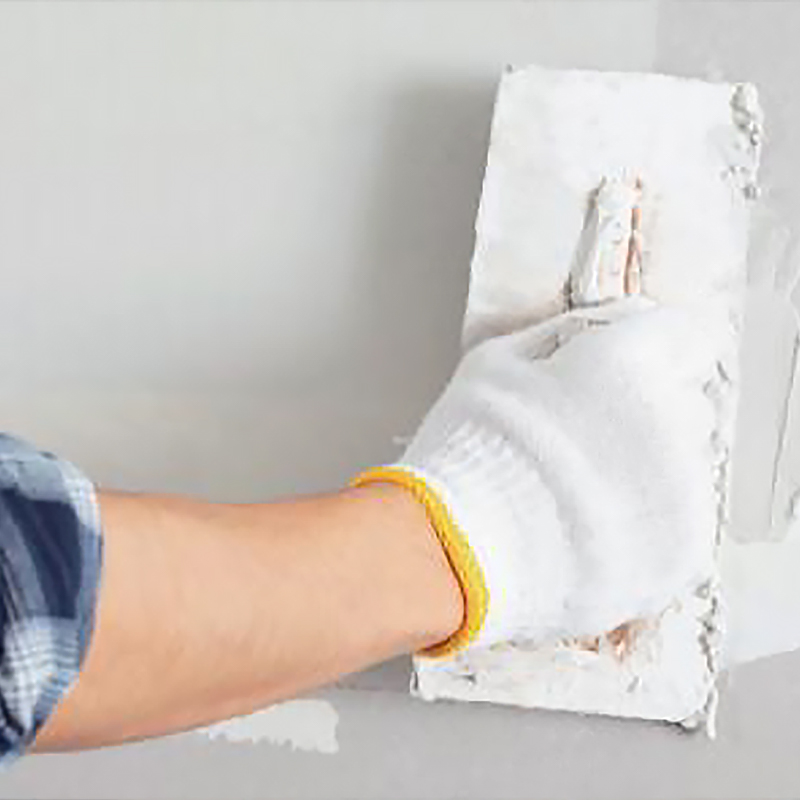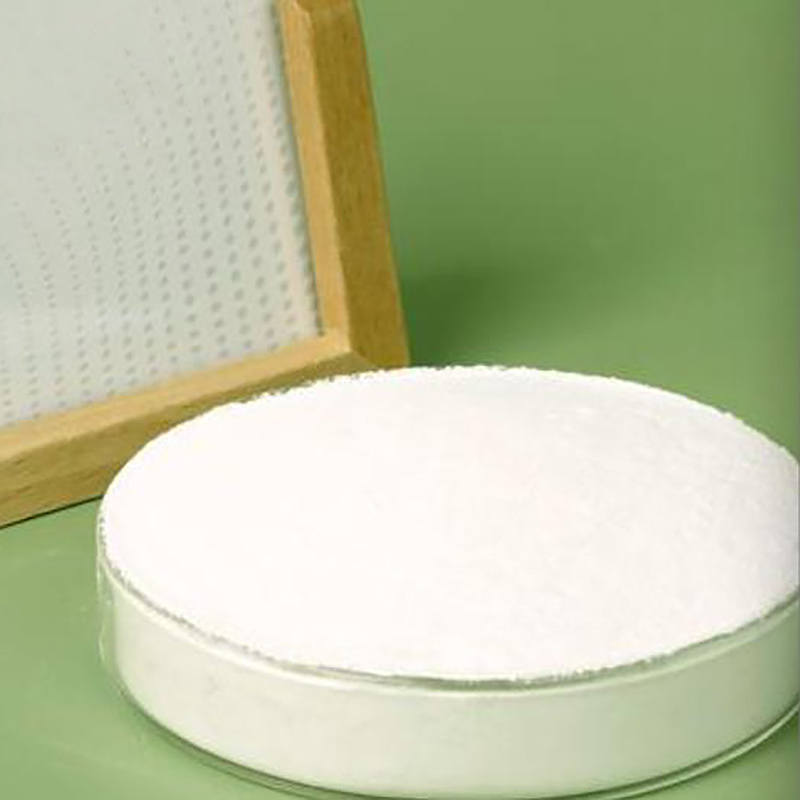Content
1. What is HEMC?
Hydroxyethyl methylcellulose (HEMC) is a semi-synthetic polymer made by etherification of natural cellulose (derived from cotton or wood). It is usually a white or off-white powder that forms a clear and transparent viscous colloid when dissolved in water. This unique molecular structure gives it a variety of physical and chemical properties such as water retention, thickening, and adhesion, making it a core additive in dry-mixed mortars (such as tile adhesives, putties, plaster mortars, etc.) and cement-based products.
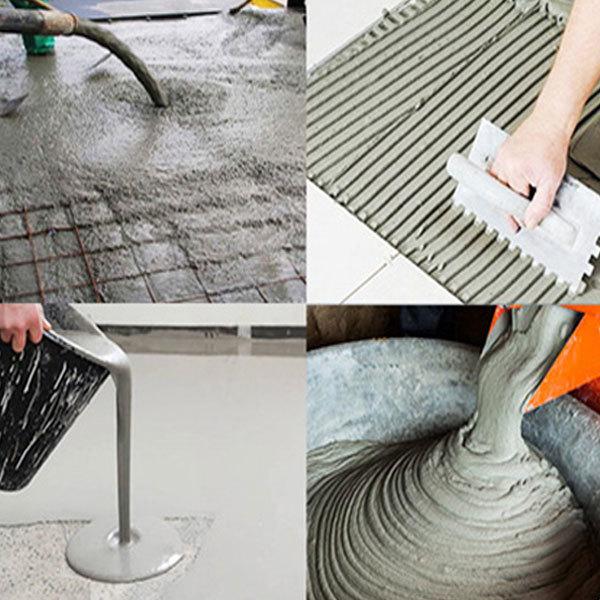
2. What is the role of HEMC in construction?
(1). Good water retention capacity, eliminating cracking hazards
This is the most important role of HEMC. It can form a microscopic water retention network inside the cement-based material, effectively locking in moisture and greatly slowing down the premature evaporation of moisture.
The hydration reaction of cement requires continuous moisture and time. If the moisture is lost too quickly, the hydration reaction will be insufficient, resulting in reduced material strength, surface powdering, and easy shrinkage cracks. HEMC ensures that even in hot or windy weather, the internal moisture can continue to supply cement for full hydration, thereby improving the ultimate strength, cohesion and crack resistance of the material, and eliminating quality risks from the root.
(2). Excellent thickening and rheological adjustment function
HEMC can increase the viscosity of materials such as mortar and putty, and give them excellent rheological properties (i.e. the flow and deformation characteristics of the material).
Anti-sag: When thick layers are constructed on vertical walls or tiles are pasted, the high viscosity can effectively resist the downward movement caused by gravity, preventing the mortar from falling off or slipping, and ensuring the quality of construction.
Easy to construct: It does not simply thicken, but gives the material a "shear thinning" property - it becomes thinner when stirred and is easy to apply; it thickens again when stopped and can be applied to the wall immediately. This greatly improves the construction feel, saving effort and being efficient.
(3). Enhanced lubricity and smoothness of operation
HEMC molecules play a lubricating role in the system, making the mortar and putty paste more delicate and smooth. When workers use a spatula to apply the paint, they will feel less resistance and less effort. The surface of the finished product will have fewer scratches and a higher finish, which not only improves construction efficiency but also improves the final appearance.
(4). Improved bonding strength and cohesion
Through uniform thickening and water retention, HEMC enhances the cohesive strength of the material itself and the bonding strength between the material and the substrate.
For materials such as tile adhesives and interface agents, this means higher tensile bonding strength, making tiles less likely to hollow or fall off. For putty, it makes it less likely to peel or powder.
(5). Wide compatibility and stability
HEMC has good compatibility with a variety of building cementitious materials such as cement, gypsum, and lime, and will not cause adverse reactions. At the same time, its performance is less affected by pH and temperature, and it can provide stable and reliable performance under different formulations and climatic conditions, which provides a solid foundation and flexibility for the design of building material formulations.
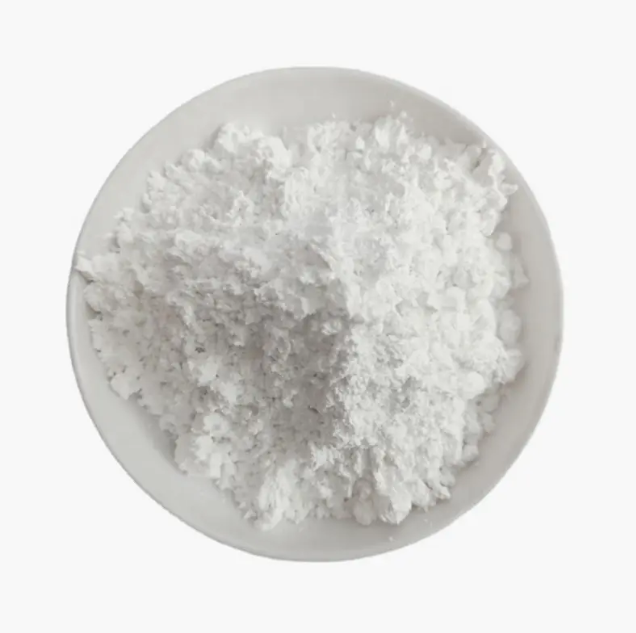
3. Environmental protection and sustainability advantages
Derived from natural cellulose, HEMC itself is non-toxic and odorless, and is harmless to the environment and human body. Its biodegradability also meets the requirements of modern green building and sustainable development concepts, and it is an environmentally friendly high-performance chemical additive.

 简体中文
简体中文 English
English русский
русский عربى
عربى Español
Español
